Latest Dental Research
Stay informed with cutting-edge dental research, focusing on the prevention of oral diseases, advancements in dental technology, and the latest innovations in materials used for treatment.
Latest Research
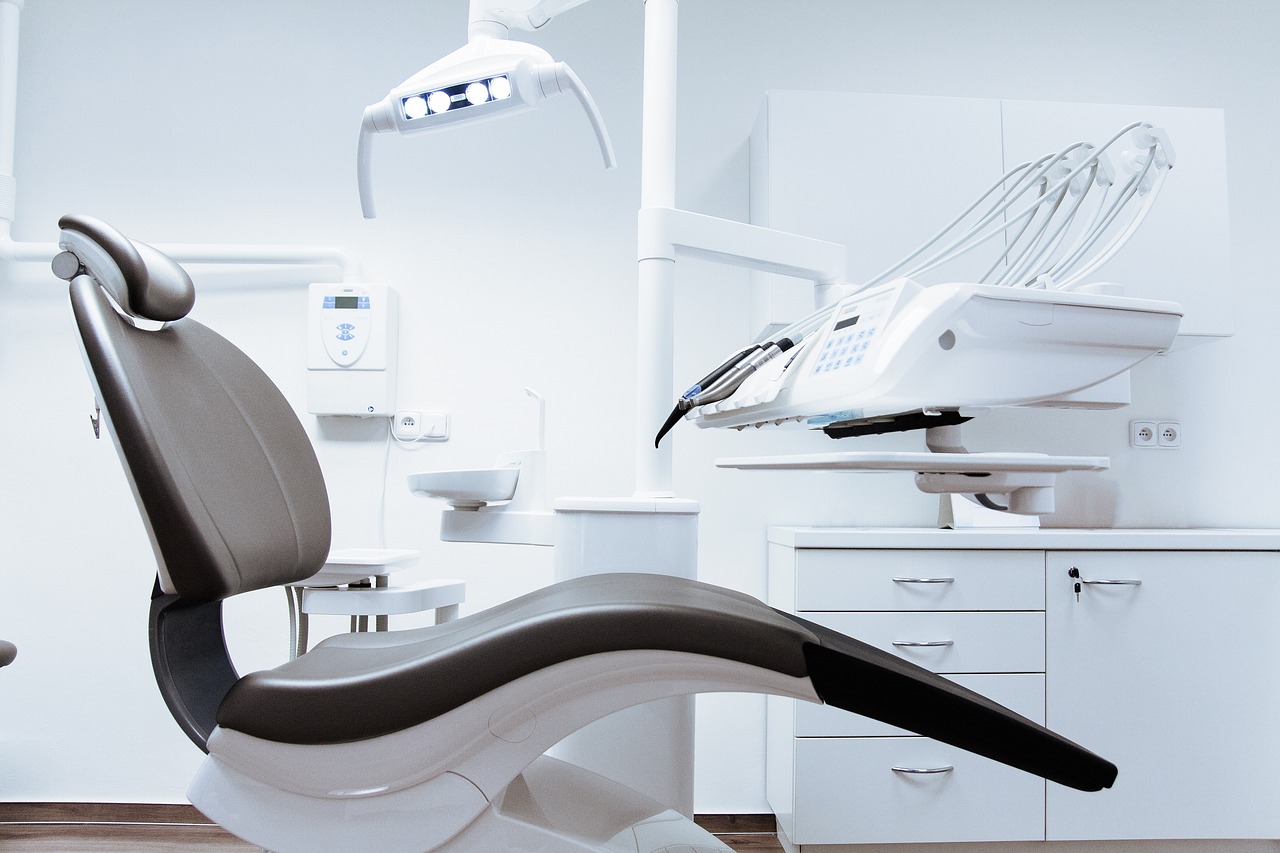
AI In Dentistry
Advanced imaging analysis: AI algorithms will become even more proficient at detecting complex dental conditions, including early-stage cancers and microscopic abnormalities. This will enable earlier intervention and improved patient outcomes.
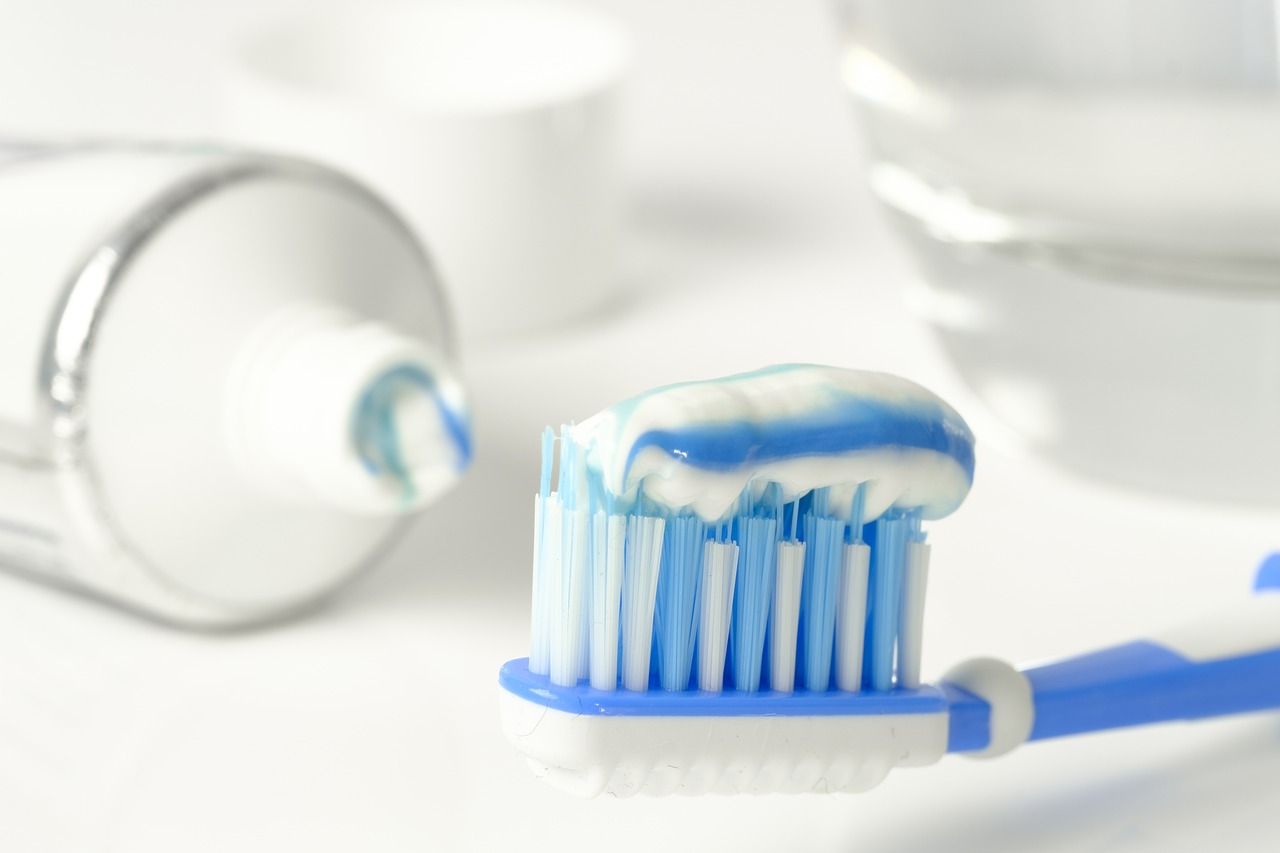
Fluoride Studies
Some studies suggested that even slightly increased fluoride exposure could be toxic to the brain. Thus, children in high-fluoride areas had significantly lower IQ scores than those who lived in low-fluoride areas.
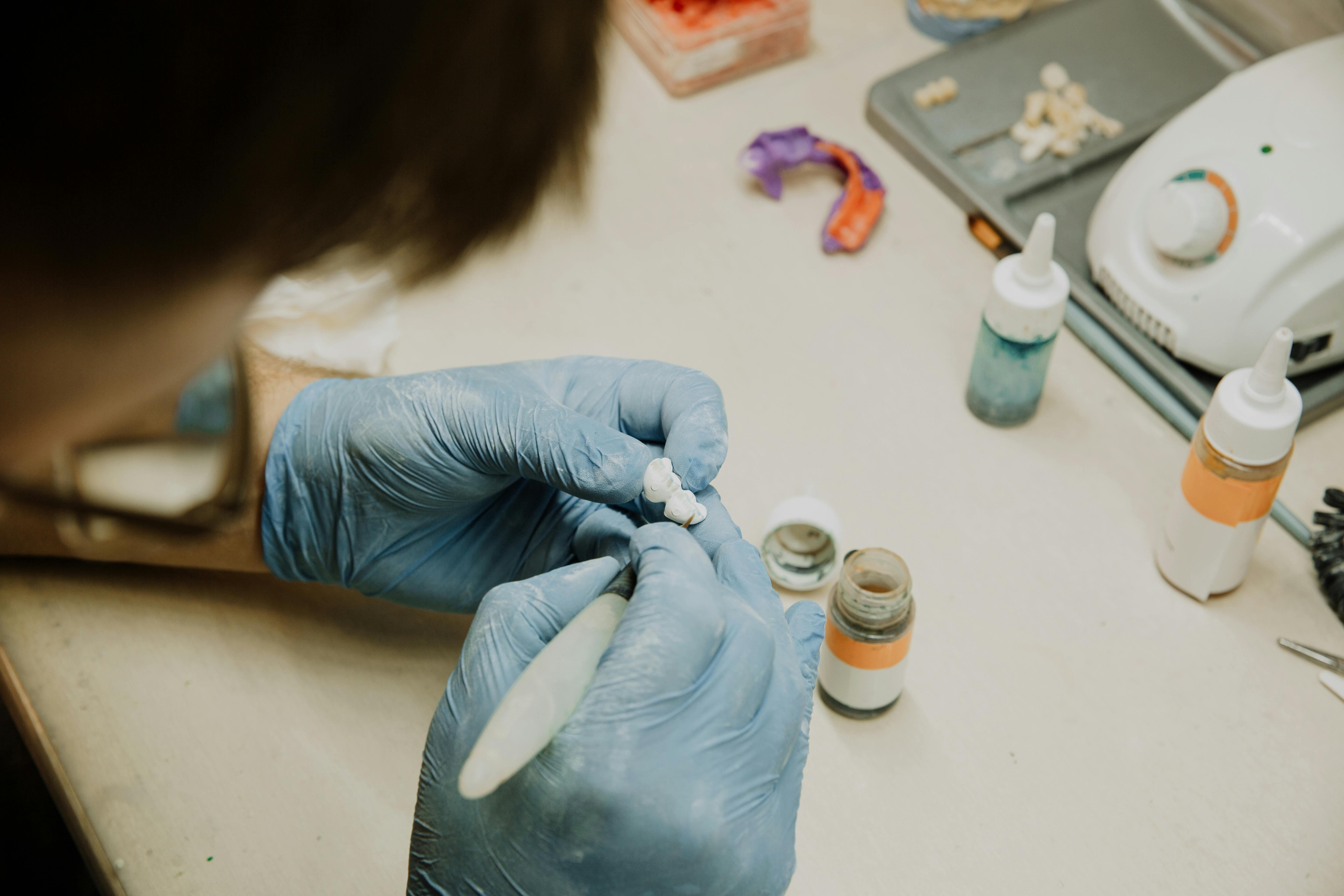
3D Printing In Dental Implants
In terms of applications, 3D printed dental implants can be used to replace missing teeth or support dental prostheses such as bridges or dentures. In addition, they provide greater stability over traditional methods by forming better fitting joints that are more secure and comfortable for the patient.
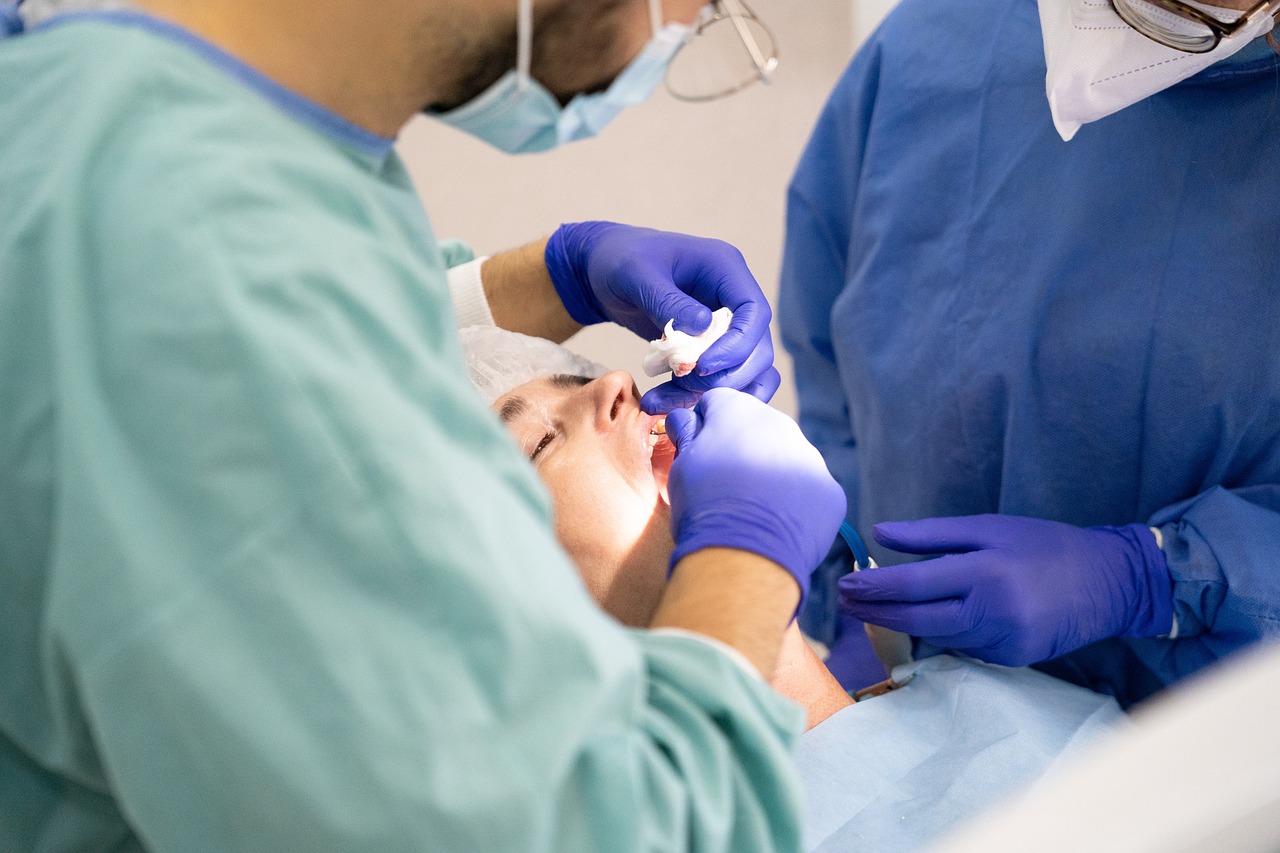
Nanotechnology In Dentistry
Nanodentistry is an emerging field in dentistry that involves the use of nanomaterials, nanorobots, and nanotechnology to diagnose, treat, and prevent dental diseases [2]. The focus of nanodentistry is to achieve precise and targeted delivery of therapeutic and diagnostic agents.
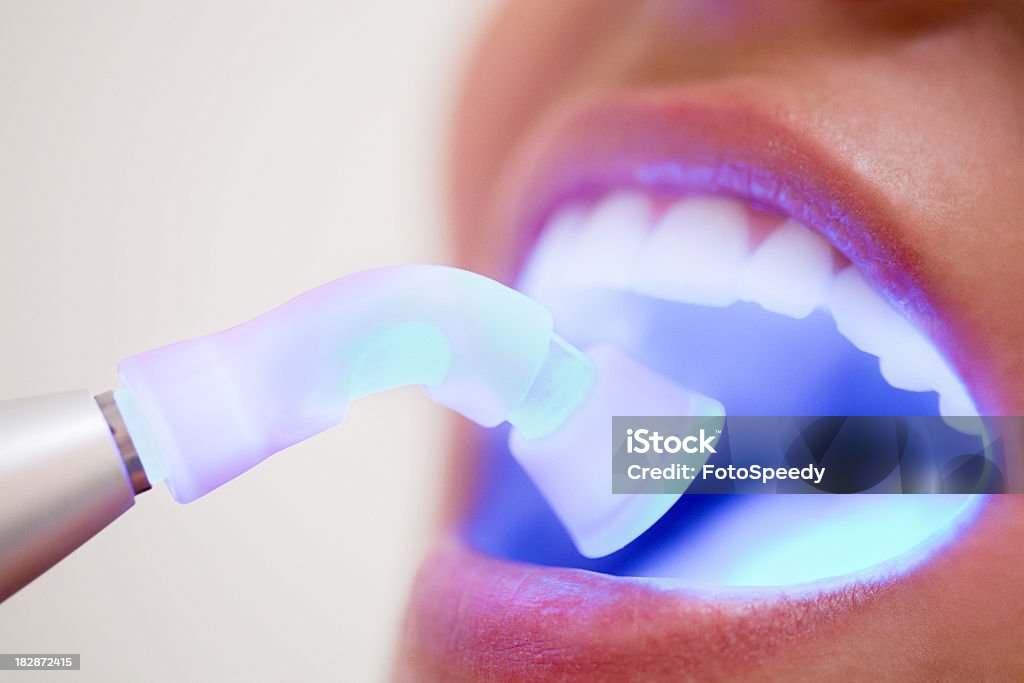
Laser Dentistry
Lasers are used to remove decay within a tooth and prepare the surrounding enamel for receipt of the filling. Gum disease. Lasers are used to reshape gums and remove bacteria during root canal procedures. Biopsy or lesion removal.
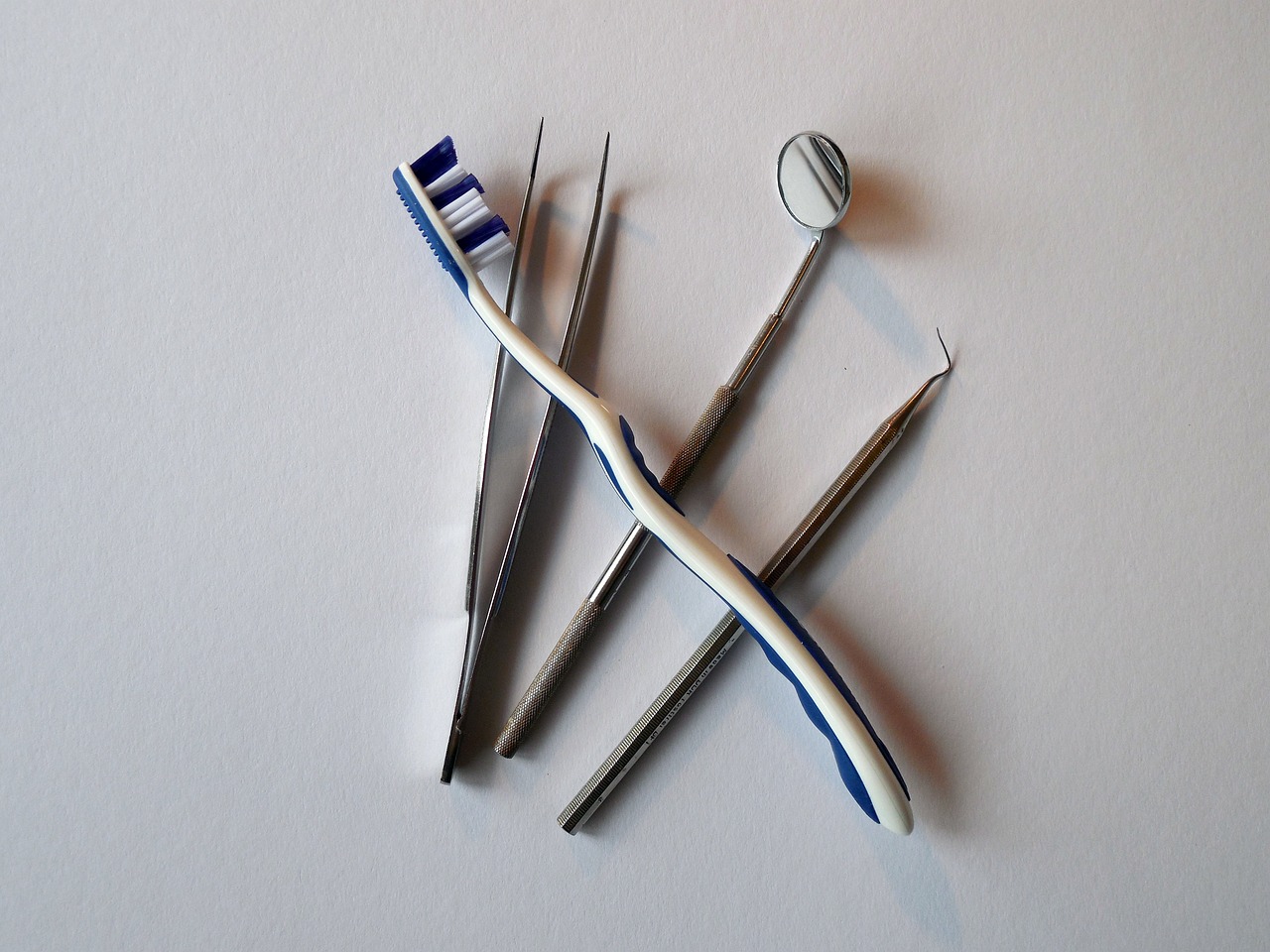
Biomaterials In Dentistry
Nano-biomaterials act as antimicrobial agents which can improve many dental materials. CAD/CAM technology allows the performance of complex dental restorations via scanning, designing, and milling of solid blocks of ceramic material.
Understanding Dental Research

Dental research plays a vital role in the continuous improvement of oral care practices. Research focuses on enhancing patient care, advancing materials, and exploring innovative techniques like AI, laser technology, and nanotechnology.